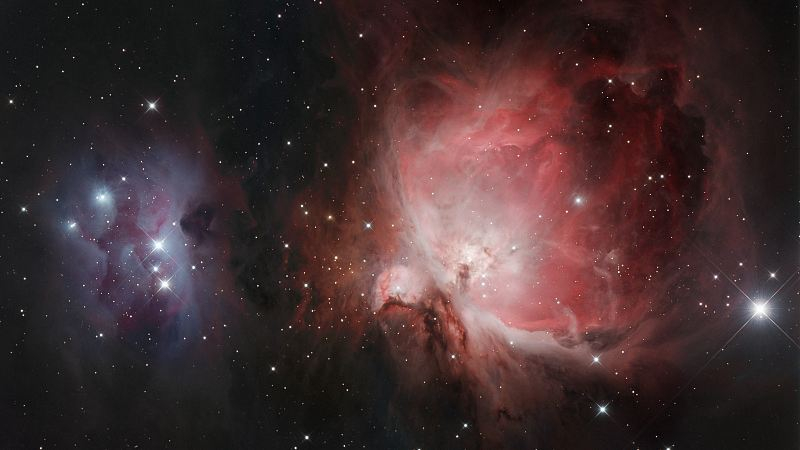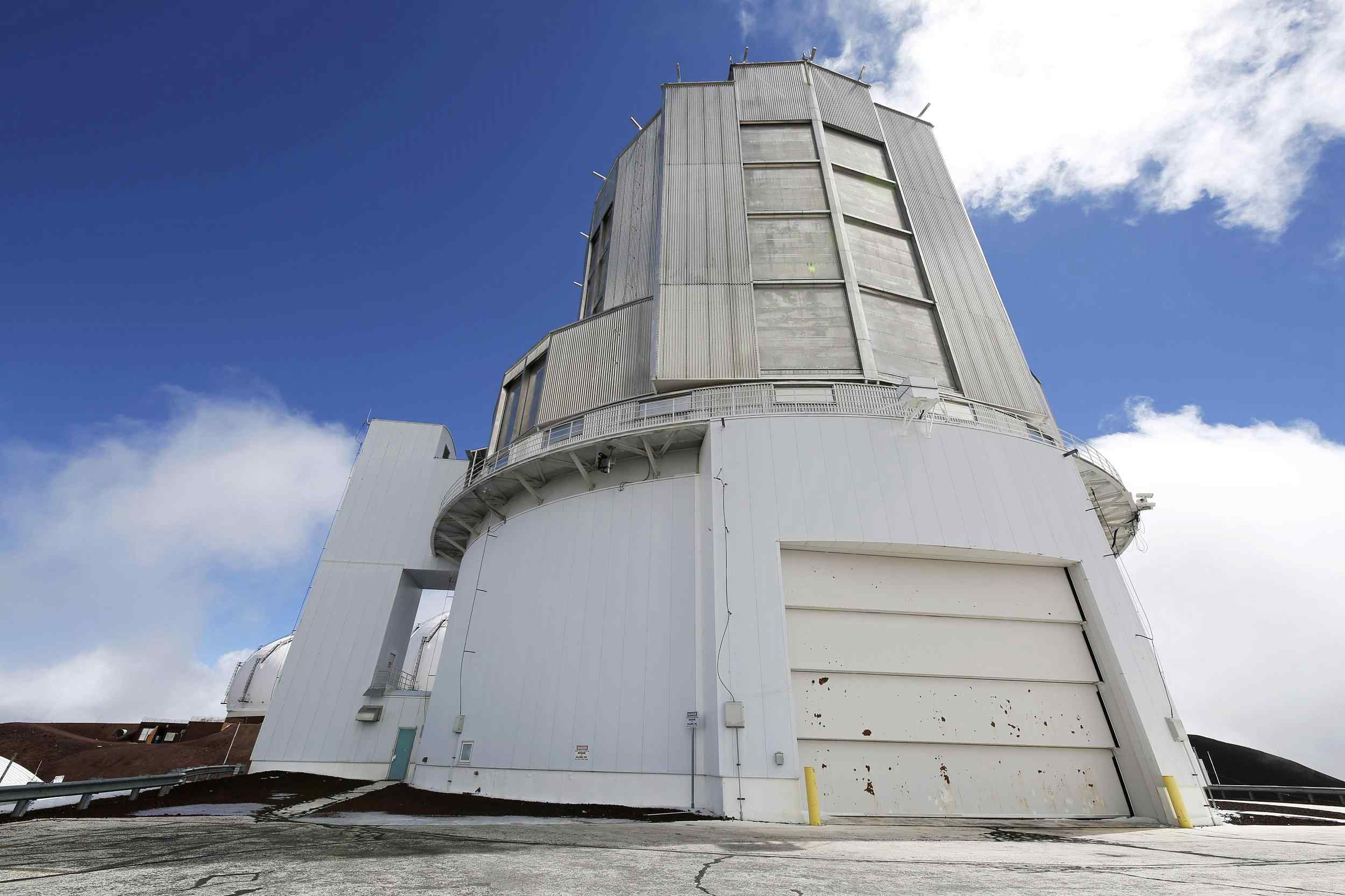
Science
14:50, 01-May-2019
Astronomers find evidence of Milky Way 'swallowing up' dwarf galaxy
CGTN

A team of Chinese and Japanese astronomers found that a special star within the Galactic halo originated from a dwarf galaxy, which was disrupted and "swallowed up" by the Milky Way.
Small stellar systems like dwarf galaxies are believed to be the main building blocks of our galaxy. However, it is unclear how many and what kind of stars in our galaxy originated from satellite dwarf galaxies.
A research team led by Zhao Gang, an astronomer from the National Astronomical Observatories of the Chinese Academy of Sciences, discovered a chemically peculiar star which has an unusually low amount of magnesium, but contains an excessive amount of heavy elements, such as europium, gold and uranium.

China's Large Sky Area Multi-Object Fiber Spectroscopic Telescope located in Hebei Province. /VCG Photo
China's Large Sky Area Multi-Object Fiber Spectroscopic Telescope located in Hebei Province. /VCG Photo
"This is the first discovery of a Galactic star having a very low amount of magnesium and an excessive amount of heavy elements," said Li Haining, a member of the research team.
"Stars preserve in their outer layer chemical information of their birth place. We can distinguish stars formed in the Milky Way from those formed in dwarf galaxies based on their chemical abundances," Zhao said.
The chemical composition of the special star shows that it is originated from a dwarf galaxy, which was disrupted by interaction with the Milky Way, Zhao said.
The extreme enhancement of heavy elements of this star suggests that this dwarf galaxy shall have been affected by events of rapid neutron-capture process, the dominant process through which elements heavier than iron are formed. Such a process may have happened during mergers of binary neutron stars in the dwarf galaxy, Li said.
The study will help astronomers better understand the formation of heavy elements in the universe and the evolution of the Milky Way and other galaxies.
So far, astronomers are only able to discover about 30 stars containing an excessive amount of heavy elements within our galaxy. The new study provides crucial evidence that those special stars might have originated from dwarf galaxies disrupted by the Milky Way.
The research, based on data obtained by China's Large Sky Area Multi-Object Fiber Spectroscopic Telescope (LAMOST) and Japan's Subaru Telescope, was published online in the latest issue of Nature Astronomy.

Japan's Subaru Telescope located near the top of Hawaii Island's Mauna Kea volcano. /VCG Photo
Japan's Subaru Telescope located near the top of Hawaii Island's Mauna Kea volcano. /VCG Photo
LAMOST is a spectroscopic survey telescope capable of taking 4,000 spectra in a single exposure. It has obtained more than eight million stellar spectra for studies of the formation of the Milky Way.
"The massive spectra provided by the LAMOST survey give us a great opportunity to find chemically peculiar stars," said Xing Qianfan, first author of the paper.
These types of stars can be used to explore the chemical evolution of different stellar systems, Xing said.
"This newly discovered star with large excesses of heavy elements provides a window for exploring the chemical evolution of disrupted dwarf galaxies. The star formation in dwarf galaxies is relatively slow compared to larger galaxies, leading to chemical differences among their stellar populations," Xing said.
"The chemically peculiar stars will be good tracers for exploring the assembling history of the Milky Way," Zhao said.
(Cover via VCG)
Source(s): Xinhua News Agency

SITEMAP
Copyright © 2018 CGTN. Beijing ICP prepared NO.16065310-3
Copyright © 2018 CGTN. Beijing ICP prepared NO.16065310-3